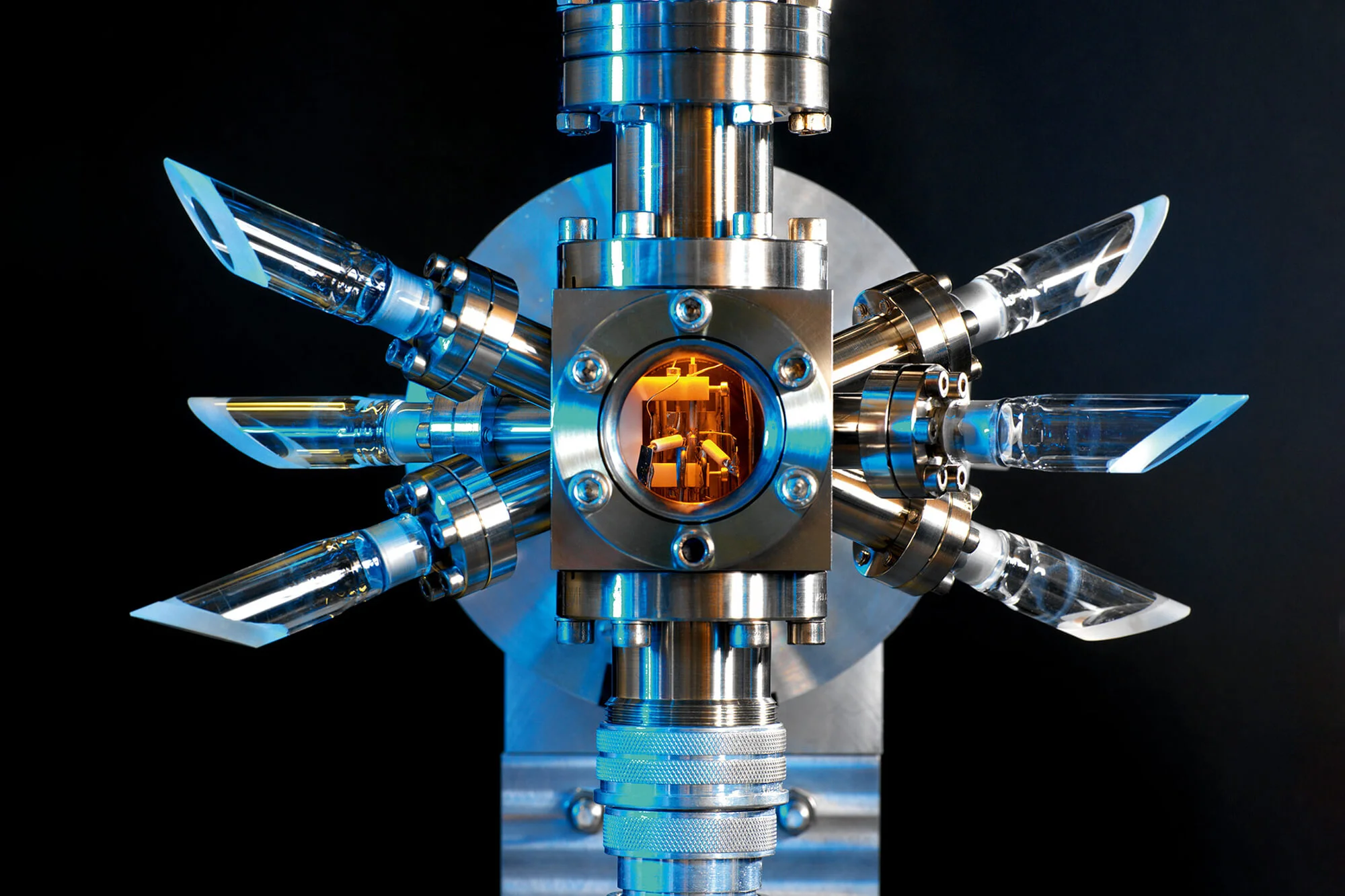
The United States Department of Defense is developing new highly accurate atomic clocks for military and other purposes. The Department of Advanced Research Projects (DARPA) is working on the Robust Optical Clock Network project. They are currently looking for potential partners.
According to a number of representatives of the US Army, accurate time synchronization is important in everything from communications and air traffic control systems to financial networks. During military operations, nanosecond accuracy is necessary so that warships hit the target as accurately as possible and at the maximum available distances. Sometimes an inaccuracy of a tiny fraction of a second can cost a launched projectile to hit the right target. At the moment, the sources of accurate time are global satellite systems, including GPS, whose orbiting satellites have atomic clocks. These clock mechanisms are capable of providing accurate time to the entire globe, and they are also constantly checked against the main clock of the Ministry of Defense. However, even such watches have technological limitations, and GPS can jam the enemy.

The current clock mechanism operates on the basis of microwave transitions of atoms, when a microwave beam determines the frequency of oscillations of atoms (for example, cesium) in accordance with a change in their energy state. Deviations in the readings of these clocks are 1 second for 31.71 million years. The Robust Optical Clock Network project will develop a technological solution for high-precision synchronization using optical transitions of atoms. This method involves replacing microscopic waves with a light beam, which will increase the accuracy of timing by a hundred times. Upon reaching this indicator, the clock will not go off at all for the entire period of the age of the universe, that is, more than 13 billion years.
According to the head of the Robust Optical Clock Network, Tatyana Kurchich, the main goal of the work is to transform new atomic clocks from bulky laboratory samples into smaller and highly reliable mechanisms used outside the laboratory. The project is divided into two technical areas. In the first of these, researchers will focus on obtaining small-sized samples for equipping fighter jets and satellite systems. These mechanisms will have to be accurate to the trillionth of a second for 100 seconds. Also, the watch must withstand high loads, temperature and vibration levels. The second technical part includes the creation of larger mobile watches that can be placed on board a ship or in a military tent on land. At the same time, they need to have nanosecond accuracy for 30 days without GPS.
The development program is divided into two 2-year phases. In the first process, the creators will develop a physical package to demonstrate the technology, and in the second, the creators will present a fully functional prototype. Further tests are planned in conditions close to real.
According to a number of representatives of the US Army, accurate time synchronization is important in everything from communications and air traffic control systems to financial networks. During military operations, nanosecond accuracy is necessary so that warships hit the target as accurately as possible and at the maximum available distances. Sometimes an inaccuracy of a tiny fraction of a second can cost a launched projectile to hit the right target. At the moment, the sources of accurate time are global satellite systems, including GPS, whose orbiting satellites have atomic clocks. These clock mechanisms are capable of providing accurate time to the entire globe, and they are also constantly checked against the main clock of the Ministry of Defense. However, even such watches have technological limitations, and GPS can jam the enemy.

The current clock mechanism operates on the basis of microwave transitions of atoms, when a microwave beam determines the frequency of oscillations of atoms (for example, cesium) in accordance with a change in their energy state. Deviations in the readings of these clocks are 1 second for 31.71 million years. The Robust Optical Clock Network project will develop a technological solution for high-precision synchronization using optical transitions of atoms. This method involves replacing microscopic waves with a light beam, which will increase the accuracy of timing by a hundred times. Upon reaching this indicator, the clock will not go off at all for the entire period of the age of the universe, that is, more than 13 billion years.
According to the head of the Robust Optical Clock Network, Tatyana Kurchich, the main goal of the work is to transform new atomic clocks from bulky laboratory samples into smaller and highly reliable mechanisms used outside the laboratory. The project is divided into two technical areas. In the first of these, researchers will focus on obtaining small-sized samples for equipping fighter jets and satellite systems. These mechanisms will have to be accurate to the trillionth of a second for 100 seconds. Also, the watch must withstand high loads, temperature and vibration levels. The second technical part includes the creation of larger mobile watches that can be placed on board a ship or in a military tent on land. At the same time, they need to have nanosecond accuracy for 30 days without GPS.
The development program is divided into two 2-year phases. In the first process, the creators will develop a physical package to demonstrate the technology, and in the second, the creators will present a fully functional prototype. Further tests are planned in conditions close to real.
Login or register to post comments
Comments 0